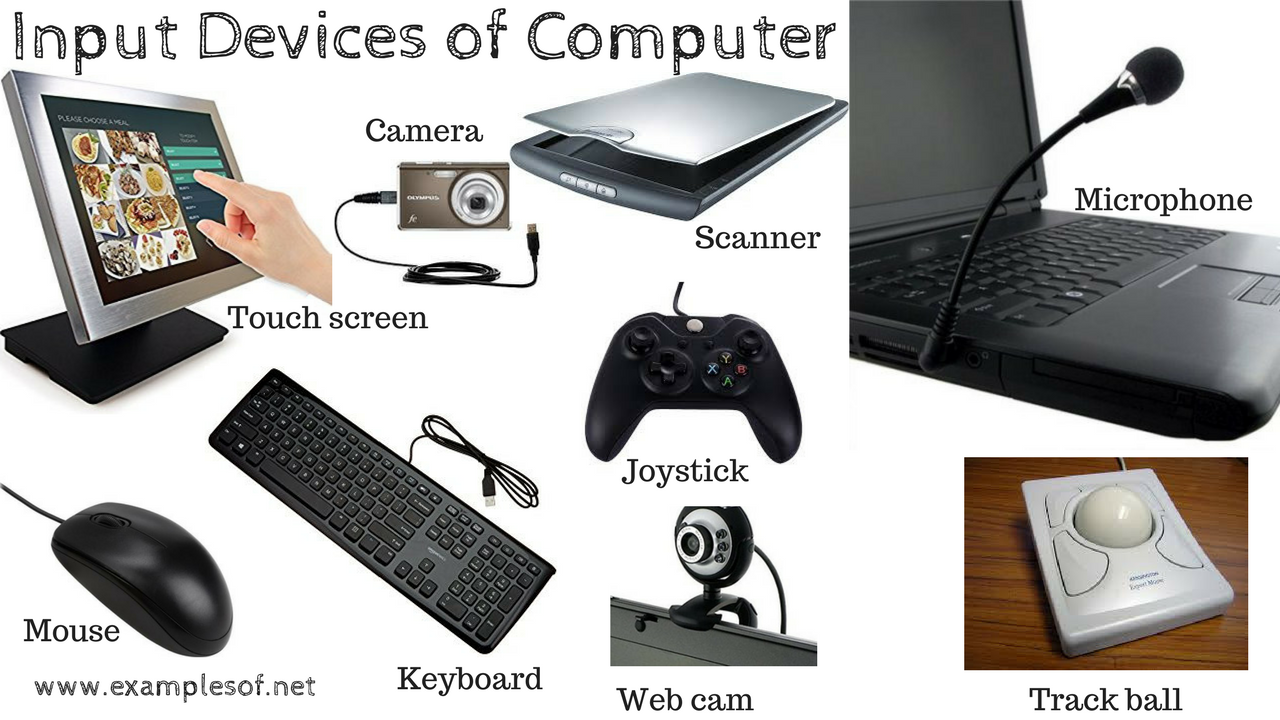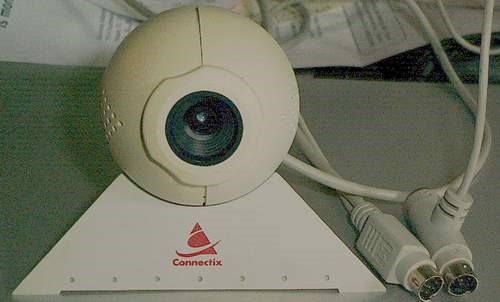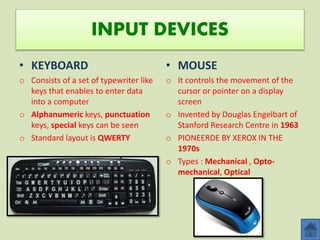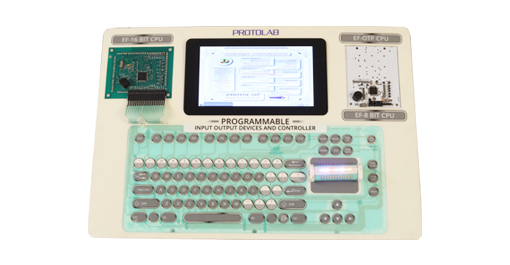The evolution of computer input devices has played a crucial role in the development of modern computing. In the early days of computers, input was primarily limited to punch cards and paper tape, which were slow and prone to error. As computers became more powerful and sophisticated, the need for more efficient and user-friendly input methods grew.
One of the first major innovations in computer input was the keyboard. The first keyboard was developed in the late 1800s as a way to input data into a punched card reader. The keyboard has undergone many changes over the years, with the introduction of new keys and functions to accommodate the growing capabilities of computers.
Another major innovation in computer input was the mouse. The first mouse was developed in the 1960s by Douglas Engelbart as a way to interact with a computer screen in a more intuitive and efficient manner. The mouse has since become the primary input device for many computers, allowing users to easily navigate and interact with on-screen content.
In recent years, we have seen the emergence of touch-sensitive screens and touchpads, which allow users to interact with computers and other devices through the use of their fingers. These input devices have become especially popular with the proliferation of smartphones and tablets.
Other innovative input devices have also been developed, such as trackballs, styluses, and even voice recognition software. These devices offer additional options for users to input data and interact with computers, allowing for even greater flexibility and efficiency.
Overall, the evolution of computer input devices has greatly improved the way we interact with computers and has paved the way for the development of many of the technologies we rely on today. From the humble keyboard and mouse to the advanced touchscreens and voice recognition software of today, the input devices of the past have laid the foundation for the computing experience of the future.









